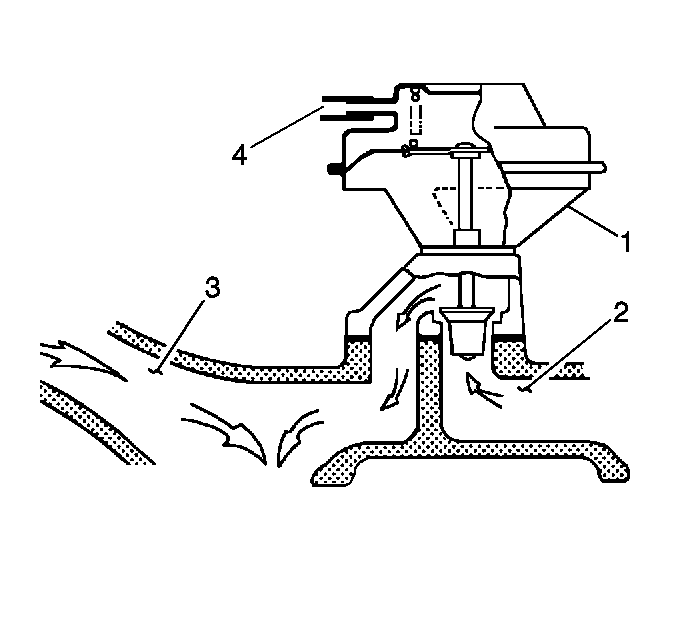The exhaust gas recirculation (EGR) system is used to lower
Nox (Oxides of Nitrogen) emission levels that are caused by high combustion
temperatures and excessive oxygen. The valve does this by decreasing combustion
temperature and displacing oxygen.
The main element of the system is the EGR. The valve is mounted on the
intake manifold. The is operated by engine vacuum.
The EGR valve feeds small amounts of exhaust gas back into the combustion
chamber.

